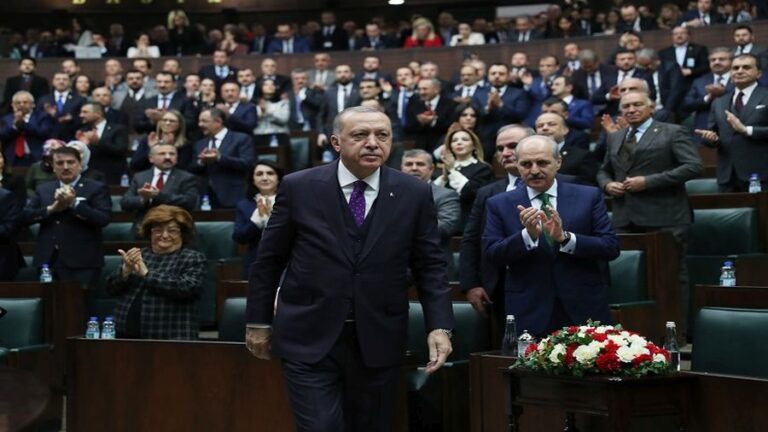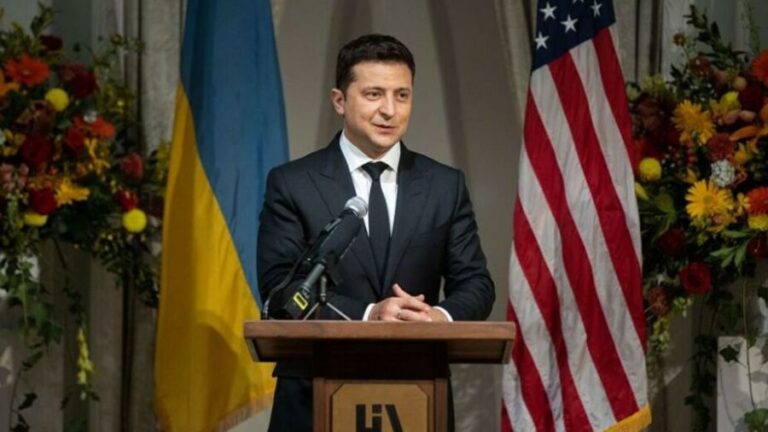Operation Mongoose and North Korea
In reporting on President Trump’s nomination of CIA Director Mike Pompeo for Secretary of State, the New York Times made a remarkable admission:
Mr. Pompeo has consistently taken one of the most hawkish lines on dealing with Pyongyang. He appears focused on regime change as the one sure way to resolve the North Korean problem. This week, he told Fox News that “never before have we had the North Koreans in a position where their economy was at such risk, where their leadership was under such pressure.” The United States, he says, should make “no concessions” in any negotiations.
Unfortunately, while many U.S. officials would look upon that paragraph nonchalantly, it actually goes a long way to explain why North Korea embarked on a program to acquire nuclear weapons.
To understand the import of the point that the Times makes about Pompeo, it is helpful to examine a top secret document of the U.S. national-security establishment, a document that was kept secret from the American people for more than 40 years. In fact, the only reason that we are able to see it now is because of the JFK Records Act, which mandated that the Pentagon, CIA, and other federal agencies release to the public all their records relating to the assassination of President Kennedy. This particular document wasn’t released until 1998.
The document related to Operation Mongoose, which was a top-secret regime-change plan of the U.S. national security establishment, one intended to oust the communist regime in Cuba, headed by Fidel Castro, and replace it with a pro-U.S. dictatorship, similar to the Fulgencio Batista regime that Cuban revolutionaries ousted from power in their 1959 revolution.
Keep in mind one important factor: Although Cuba was ruled by a communist regime, it never attacked the United States or even threatened to do so. It also never assassinated anyone in the United States. And it never committed any act of sabotage in the United States.
Nonetheless, that top-secret document starts out with the following sentence: “The U.S. objective is to help the Cubans overthrow the Communist regime from within Cuba and to institute a new government with which the United States can live in peace.”
Live in peace? The Cuban regime was living in peace with the United States. It simply wasn’t bowing and kowtowing to the United States and following its orders on how things were going to operate inside Cuba. That’s what the Pentagon and CIA considered not “living in peace” with the United States. That’s why they wanted to effect regime change in Cuba. It’s, in fact, why they are still dead set on regime change in North Korea.
Among the methods employed to effect regime change in Cuba was the infliction of massive economic suffering among the Cuban populace. The document even refers to this as “economic warfare.” That’s what the U.S. embargo was (and is) all about. The idea was that when the Cuban people were suffering enough, perhaps even dying, they would oust the Castro regime and replace it with a pro-U.S. regime. It’s also what the sanctions against North Korea are all about.
Needless to say, there was no concern expressed for the Cuban people suffering or dying from the embargo. They were considered a means to an end.
In fact, many years later, we saw this same phenomenon in Iraq, when U.S. officials were killing hundreds of thousands of Iraqi children with their sanctions on that country. Their indifference to that suffering was reflected by what the U.S. Ambassador to the UN, Madeleine Albright publicly stated — that the deaths of half-a-million Iraqi children were “worth it.” By “it” she meant regime change in Iraq.
Sabotage of Cuban industries was another method to bring about regime change. One idea was to introduce a corrosive element in locomotive fuel. Much more ominous, given the increased likelihood that people would die, was a plan to introduce corrosive elements into Cuban jet fuel.
The document also refers to other U.S. actions to foment dissent and revolution against the Castro regime, to be followed by U.S. military action to assist them.
Unmentioned in the document was the top-secret assassination partnership that the CIA had entered into with the Mafia without the consent or knowledge of President Kennedy, whose brother Robert was, at the same time, prosecuting the Mafia in federal court for criminal activity. The CIA’s notion was that it wielded the legitimate moral and legal authority to murder anyone who it deemed was a threat to U.S. “national security.” The Mafia, of course, was chagrined that Castro had nationalized the Mafia’s casinos in Havana and put an end to its lucrative (and illegal) U.S drug import business, much of which operated through Cuba.
That top-secret Operation Mongoose, regime-change document is dated January 8, 1962.
There is another top-secret document that came out in the 1990s thanks to the JFK Records Act. It was dated March 13, 1962. That document detailed Operation Northwoods, which called for plane hijackings and terrorist attacks on American soil carried out by U.S. agents secretly posing as Cuban communists. The idea was to provide President Kennedy with an official (and false) pretext for attacking and invading Cuba and effecting regime change there. It was unanimously endorsed by the Joint Chiefs of Staff. To his everlasting credit, Kennedy rejected the plan, earning him ever deeper enmity from his national-security establishment. (See FFF’s ebooks JFK’s War with the National Security Establishment: Why Kennedy Was Assassinated by Douglas Horne and Regime Change: The JFK Assassination by Jacob G. Hornberger.)
The Cubans invited the Soviets to install nuclear weapons later that year, in October 1962. While U.S. officials have long described the missiles as “offensive,” the Cuban position was actually quite defensive: If — and only if — you attack and invade us, we will defend ourselves with our Soviet-provided nuclear weapons.
Fortunately for the United States and the world, President Kennedy ended up “blinking” by agreeing not to invade Cuba (to the deep anger and rage of the Pentagon and the CIA, which were pressuring him to attack and invade during the entire crisis). Given that the threat of invasion was over, the Soviet Union, in turn, removed its nuclear missiles from Cuba.
Does anyone think that North Korea hasn’t familiarized itself with Operation Mongoose, Operation Northwoods, the CIA-Mafia assassination partnership, and these particular documents that were kept secret for more than 40 years? They know what the U.S. national-security establishment is up to in Korea. They know what the New York Times has pointed out about CIA Director’s Mike Pompeo’s desire for regime change in North Korea. They are not stupid. They know that nuclear weapons are the best way to deter against a U.S. regime-change operation in North Korea.







